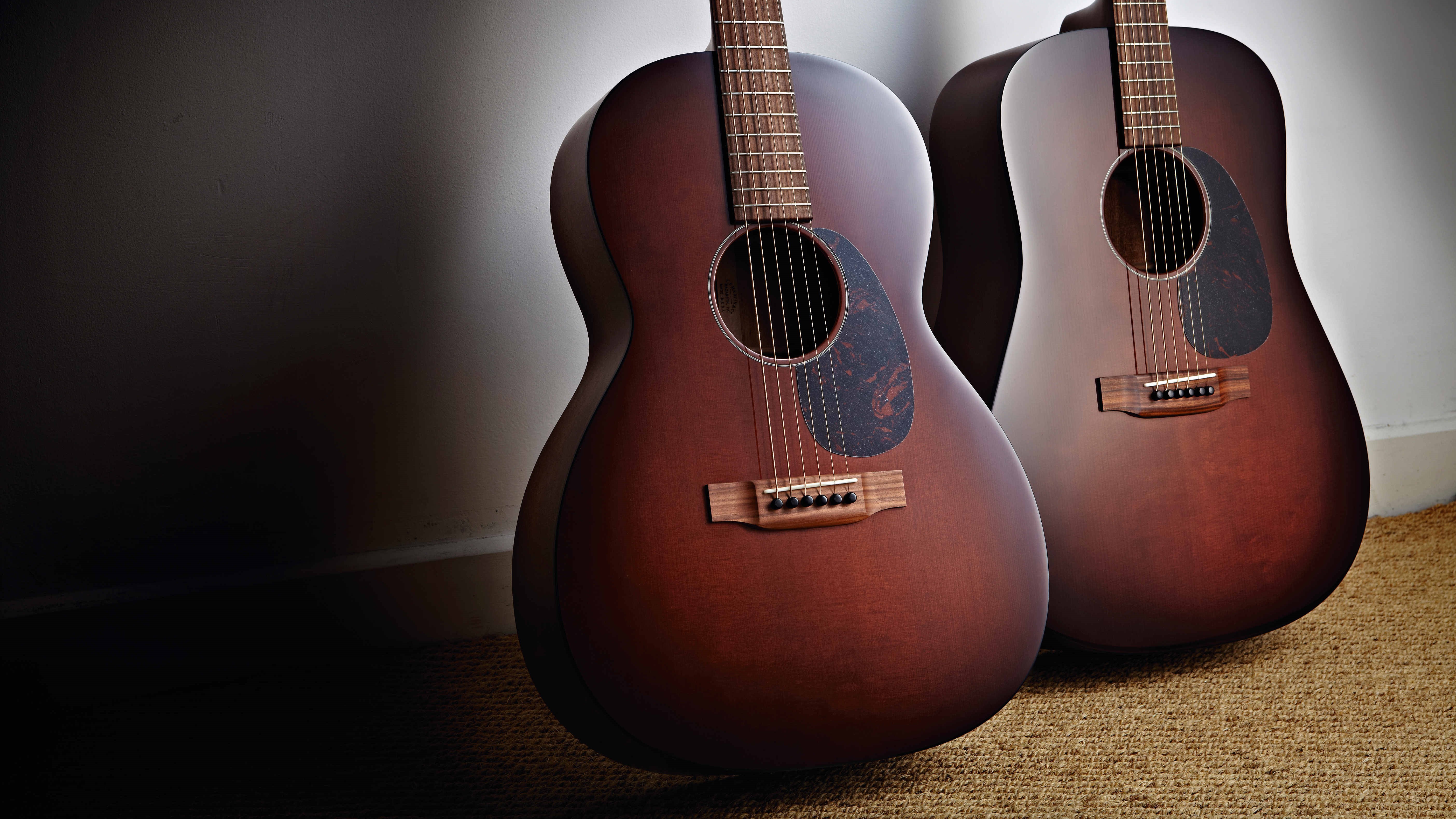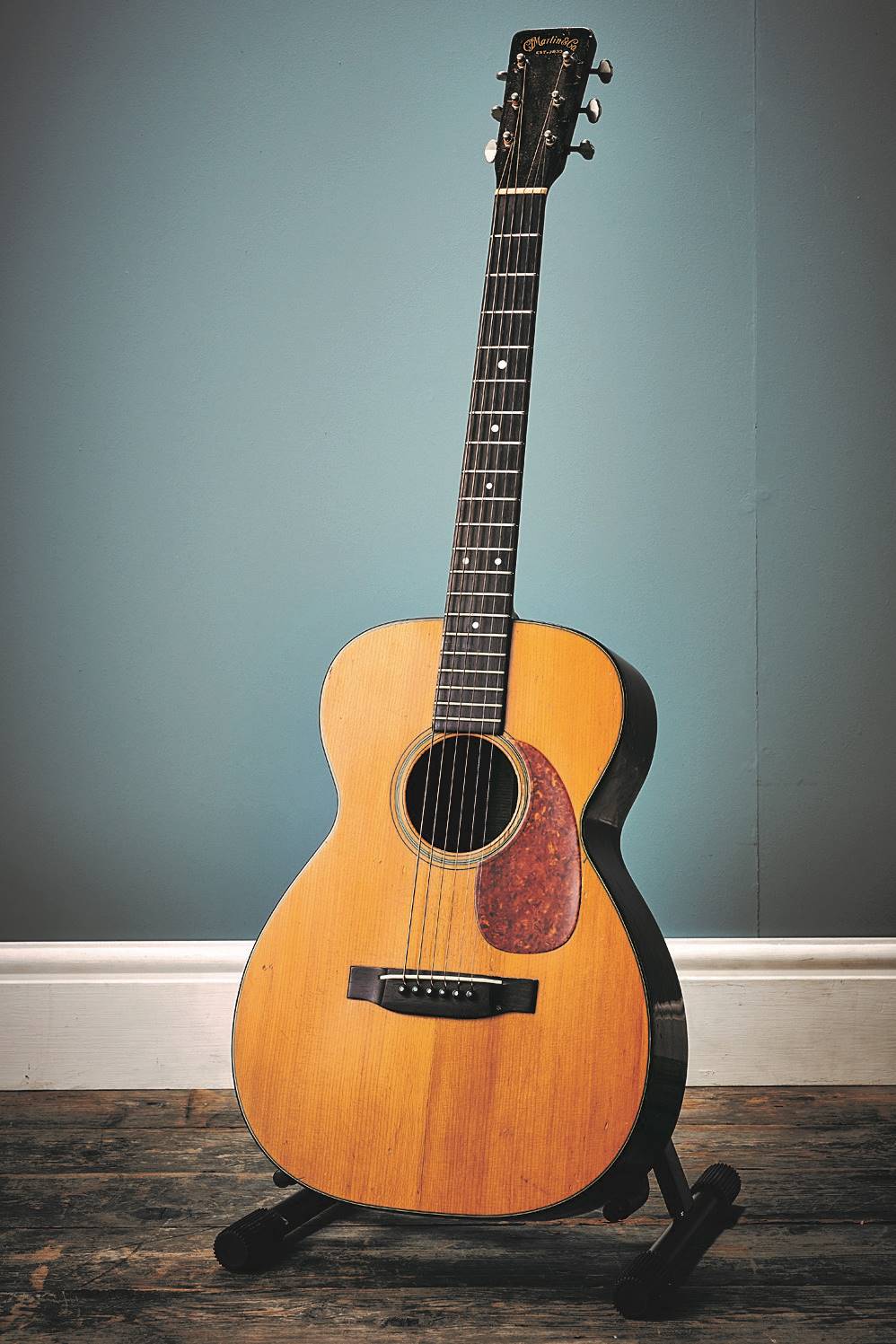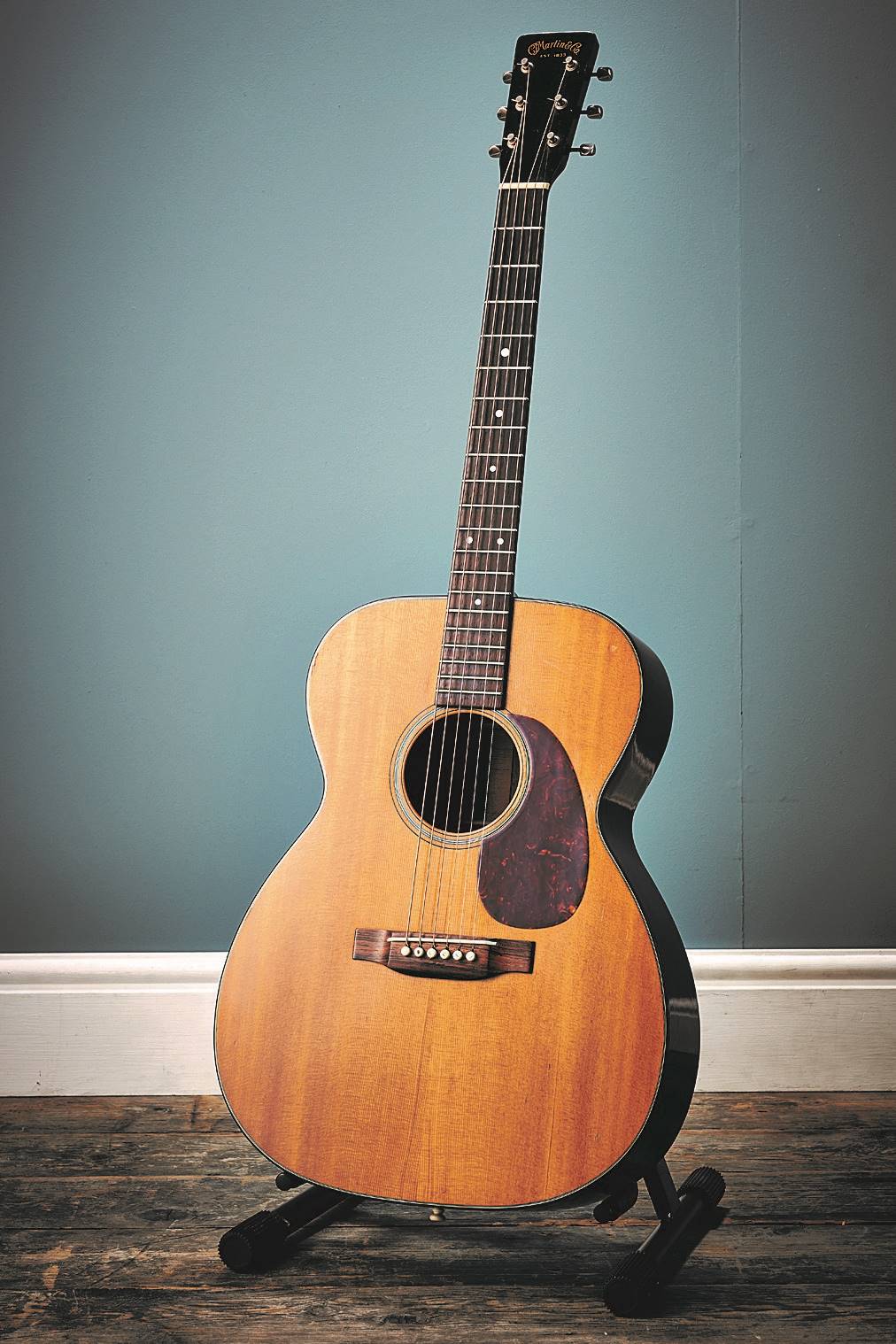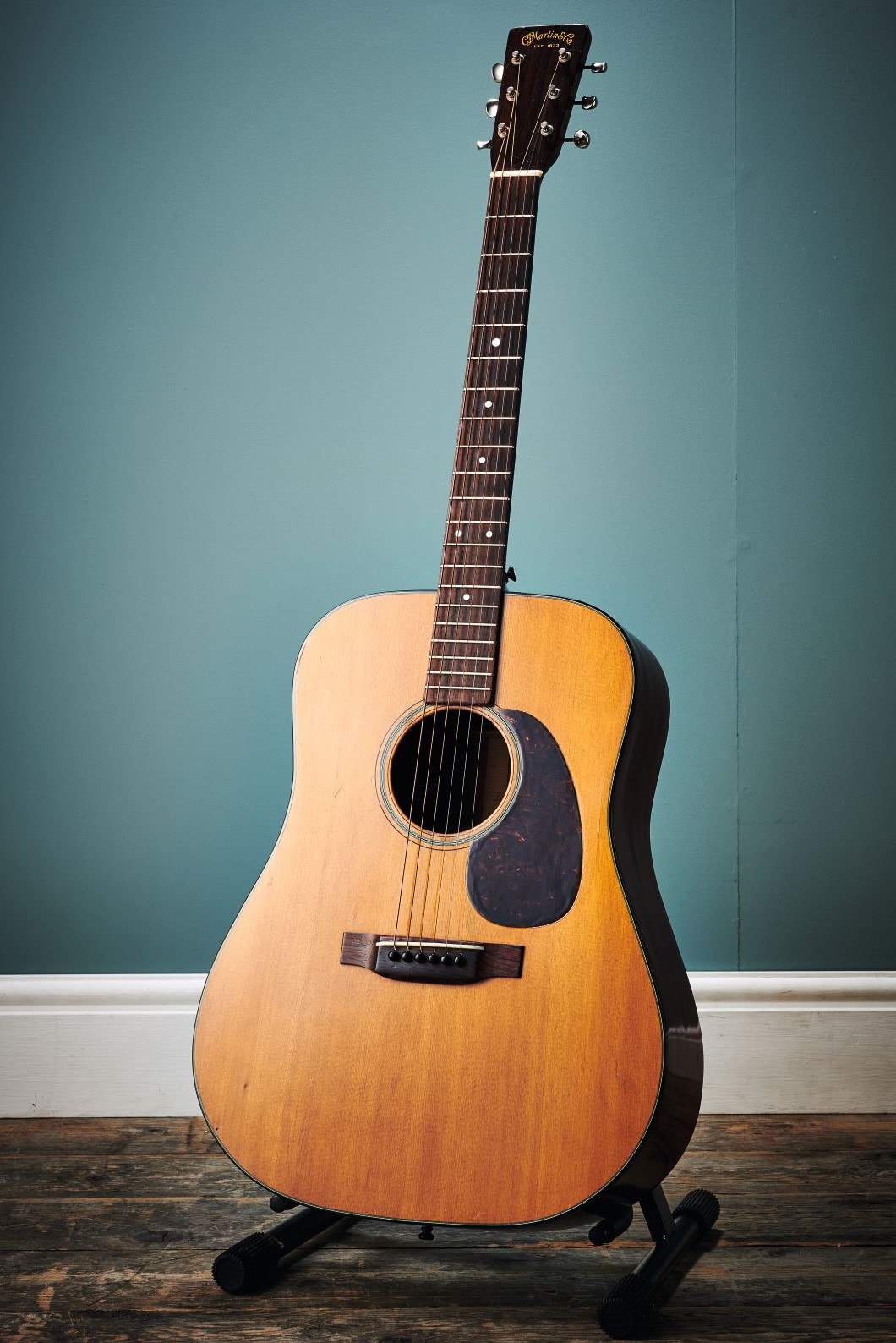What Guitar Body Size Will Bring Out the Best in You?
We take a look at the pros and cons from parlor size to dreadnought.

Most acoustic players are familiar with a few body sizes but remain foggy about the many options available. Here we aim to provide clarity, not with a big chart you could find using a Google search but with some real-world examples that reveal the positives and negatives inherent to each size category, and a bit of history that explains how we got to where we are today.
Small-Body Perspective
From the time C.F. Martin opened shop in the mid 19th century until well into the 20th century, the acoustic guitar was a relatively small instrument that was played primarily by women in home parlors.
Parlor guitars, such as Gretsch’s Rancher Penguin Parlor, are resurgent these days, and the most modern small-acoustic trend is travel-sized guitars. Interesting under-the-radar instruments include terz classical instruments and tenor guitars with only four steel strings, originally introduced in the ’20s to lure banjo players to the instrument.

Pros and Cons
The biggest benefit of a small acoustic is convenience. Since it’s easier to manage anywhere and everywhere, it gets played more. Some disadvantages include compromises in playability and tone. That’s especially true of cheaper instruments that can be overbraced, making them more durable but also inflexible and boxy sounding. Higher quality instruments, such as the Santa Cruz Firefly, use customized braces and a smaller soundhole to accentuate bass.
Guitars with short scale lengths are generally harder to tune and tend to feel less snappy and more spongy under the fingers, but they have less of a stretch from fret to fret and easier string bending capability. The bottom line is that every player can appreciate keeping a small acoustic on hand and within an arm’s reach, to play whenever and wherever inspiration strikes.
Medium-Body Perspective
Today’s medium-sized guitar was once considered relatively large. Slightly bigger than a typical parlor guitar, the concert size dates back to the mid 1800s and is currently Breedlove’s most popular option and also available in the form of Yamaha’s FS models. Body styles that epitomize a modern medium size include the orchestra model, or OM, and the 000, commonly called a triple 0 or auditorium.
Get The Pick Newsletter
All the latest guitar news, interviews, lessons, reviews, deals and more, direct to your inbox!

Pros and Cons
Balance is the name of the game. A medium body provides adequate bass and even tonal balance from the lowest to the highest notes. Medium-body guitars tend to be a bit shallower, less wide at the waist and often have slightly narrower neck profiles. That makes it easier to wrap your own body around the guitar’s body, and playability is prime for fingerpickers and linear lickers alike. Medium-sized acoustics either offer the best of both worlds or neither, depending on one’s perspective.
Scale length is either full or close to full size, so if you’re hell-bent on booming bass or portability, a bona fide big or small acoustic may be the better bet. For the tweener, a medium-body acoustic is sheer bliss.
Big-Body Perspective
Martin’s official introduction of the dreadnought body in 1931 (the company actually started making dreads under the Oliver Ditson brand years earlier) was the shot heard ’round the world. Its louder, bolder sound established the acoustic guitar’s dominance over the banjo, fiddle and mandolin, and for generations of players, the dreadnought was the only body that would do.
Taylor’s grand auditorium is another full-bodied archetype, its grand symphony is slightly larger, and the grand orchestra even more so. Other options include jumbos, like Gibson’s J-200, and the baritone guitar. Any bigger and you’re playing a bass!

Pros and Cons
Big-bodied guitars bring the bass and are generally loud. If that’s what you’re after, go big, but note that bigger isn’t always better. In fact, it can be a detriment in some situations. Bob Weir once told GP, “I got a smaller guitar with a tighter low end, a 1939 Martin 00-17, when I started doing a duet with Rob Wasserman because all the famous big-bodied guitars were developed to sound full as an accompaniment instrument without a bass. As soon as you add a bass to a mix, you’re in a pissing match with it.”
Jimmy Leslie has been Frets editor since 2016. See many Guitar Player- and Frets-related videos on his YouTube channel, and learn about his acoustic/electric rock group at spirithustler.com.
"It's a powerful, versatile variation on the timeless Telecaster, with a vital back story to boot." We review the Fender Stories Collection Mike Campbell Red Dog Telecaster
Guitar Center's Guitar-A-Thon is back, and it includes a colossal $600 off a Gibson Les Paul, $180 off a Fender Strat, and a slew of new exclusive models









